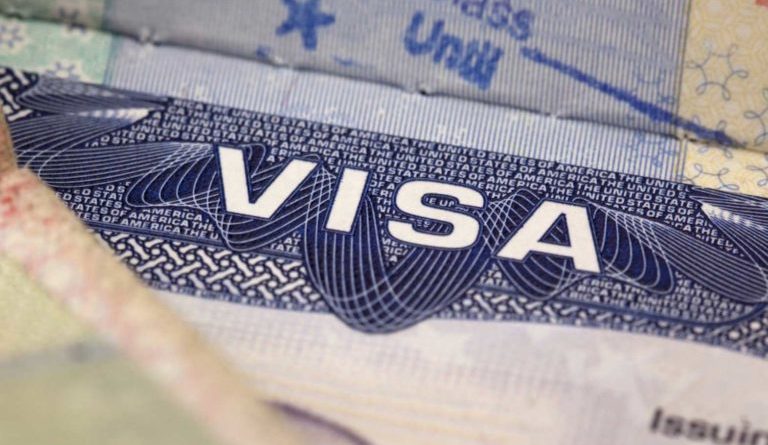OPINION-US VISA | IMMIGRATION CORNER – CSPA: How to calculate your child’s age

The Child Status Protection Act (CSPA) provides protection for certain children beyond their 21st birthday, allowing them to be processed for a visa as though they were still under 21 years of age.
For employment and most family-based petitions, CSPA eligibility is a two-step process:
• Calculate the child’s CSPA age.
• Make sure the child “seeks to acquire a visa” within one year of the priority date being current.
In this article, I will discuss how to calculate the child’s CSPA age. In a future article, I will discuss how to satisfy the “sought to acquire” requirement.
The mathematical computation for determining a child’s CSPA age is complex and confusing:
Determine the processing time of the petition. You must first determine how long it took US Citizenship and Immigration Services (USCIS) to process and ultimately approve the underlying petition, from the date the petition was filed to the date it was approved. While many documents from the National Visa Center (NVC) will list the date the petition was filed (or priority date), only the approval notice from USCIS has the date of approval. How long did it take USCIS to process and approve the petition? One month? One year? Three years?
The processing time of the petition is critical to CSPA eligibility. This is because you subtract the processing time of the petition from the child’s age when the priority date becomes current. Ironically, the longer it takes USCIS to process and approve a petition, the better it is for the child because they can subtract more time from their age. The faster USCIS approves the petition, the less time the child can subtract from his or her age.
Determine visa availability. Visa availability is when the priority date on the petition becomes “current” on the monthly Visa Bulletin published by the US State Department. If the priority date on your petition is earlier than the date listed on the Visa Bulletin, then the priority date would be considered current.
If the child is processing his/her immigrant visa at the US embassy, they would use the “Final Action Dates” on the Visa Bulletin to determine if their priority date is current.
If the child is adjusting status in the US, USCIS allows the child to use the “Dates for Filing Chart” in certain months, which is more beneficial to the child.
Calculate the child’s CSPA age. When the priority date is “current,” you determine how old the child is, subtract the processing time of the petition from their age and hope their age comes out to be under 21. For example, if the child is 23 years old when the priority date becomes current and it took four years for USCIS to process and approve the petition, then subtracting those four years from the child’s age would result in that child being under 21. On the other hand, if it took USCIS only one year to approve the petition and the child is 23 years old, then they would be out of luck, as their age would still be over 21.
Seek to acquire a visa within one year. Assuming the child’s CSPA age is calculated to be under 21, then they have one year to pursue their visa. This “sought to acquire” requirement will be the subject of a separate article.
(Note: For children of US citizens, it is much simpler. The citizen parent merely has to file the petition before the child’s 21st birthday.)
The CSPA is very complex and confusing. If you have a child who has aged out or will be aging out and you believe the CSPA could benefit your child, I recommend that you consult with an attorney who can evaluate your situation and perform the necessary and complex mathematical computations to determine and prove your child’s CSPA eligibility.


 Memento Maxima Digital Marketing
Memento Maxima Digital Marketing
 Memento Maxima Digital Marketing
Memento Maxima Digital Marketing






